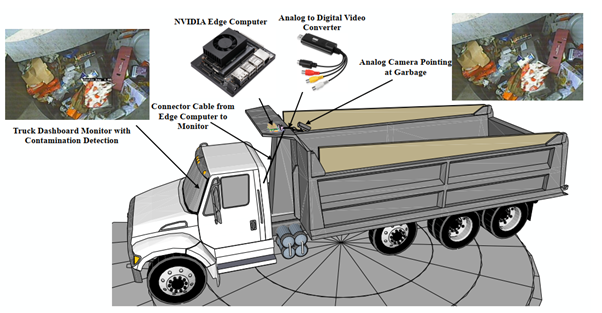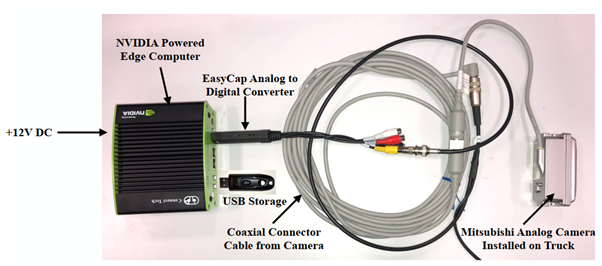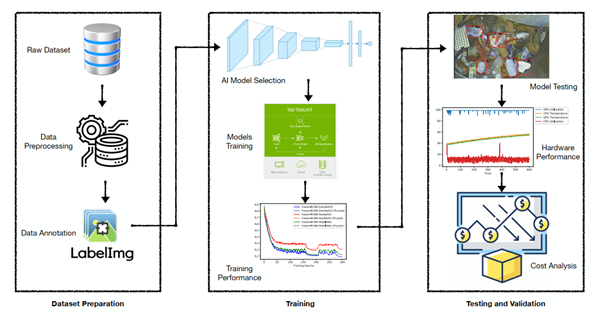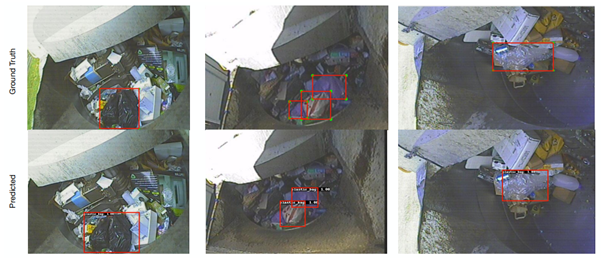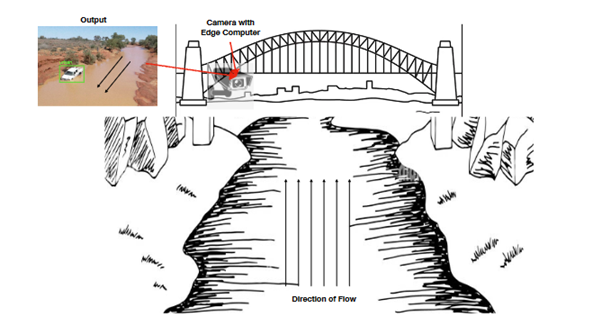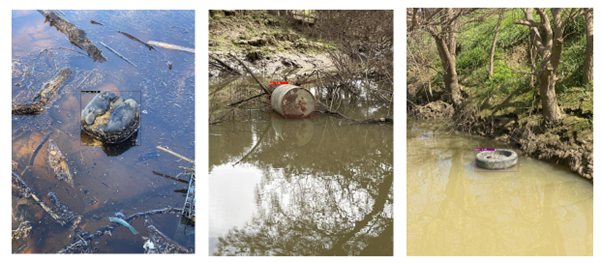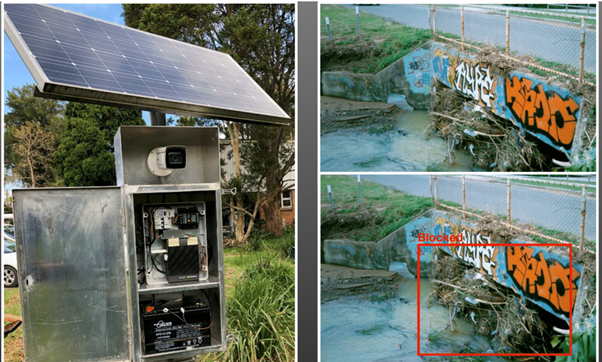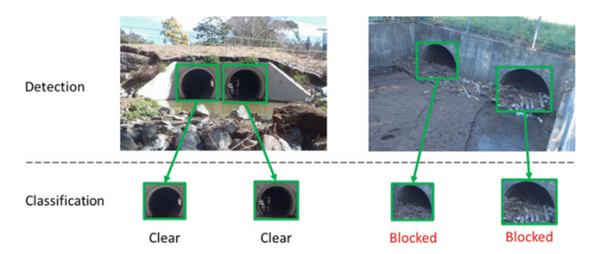Over the past year, the Telstra-UOW Hub for AIoT Solutions has been actively advancing industry collaboration and research. We’ve organised important events, including the Telstra-UOW Hub for AIoT Solutions Symposium and the TRANSW 2023 Annual Symposium, which connected professionals from different sectors to discuss the latest innovations. Through two rounds of funding, we’ve launched three industry collaboration projects with four more on the way, bringing valuable cash and in-kind support to the university. A third round of funding is now open, aiming to build new partnerships. We’re also conducting a study on the local labour market, focusing on how the Illawarra region can leverage AIoT in business and industry. Our team has completed several projects in computer vision, sensing, and edge computing, and we have presented our exciting work using AI on the edge to revolutionise waste collection at the NVIDIA GTC conference.
We plan that the operations of the Hub will run until the end of 2025. Looking ahead, we are committed to creating more opportunities for industry engagement. This includes supporting short courses and industry training in AI, IoT, or AIoT, and fostering new collaborations with industry partners. Our ongoing partnerships have successfully addressed the challenges of incorporating new technologies, and we believe this collaborative model can serve as a blueprint for other universities aiming to integrate similar innovations.
